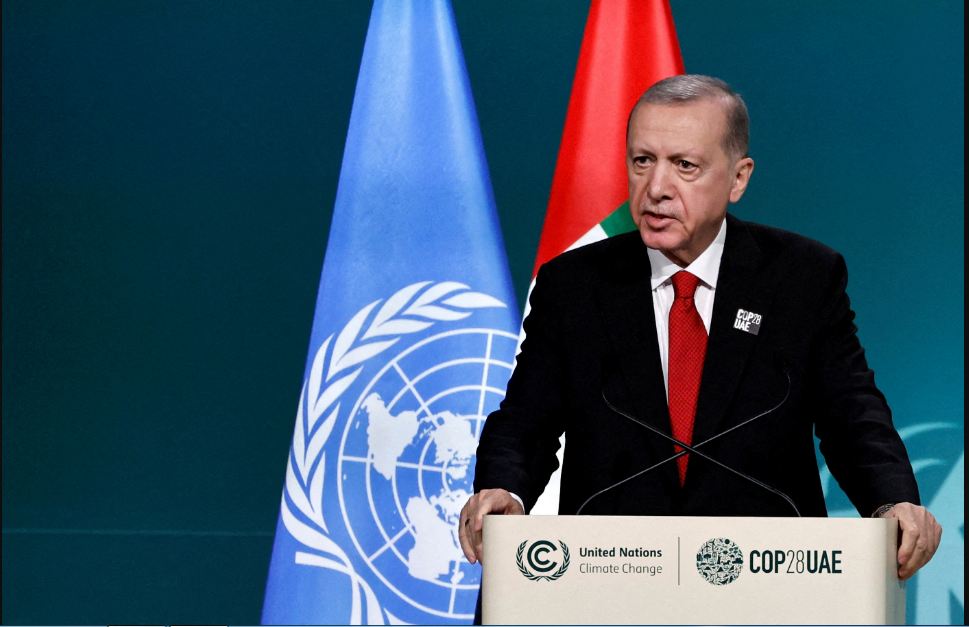With hospitals stressed, U.S. enters ‘peak death week’ in coronavirus crisis
Washington (Reuters) – The United States entered what an official called the “peak death week” of the coronavirus on Monday while a watchdog report said hospitals were struggling to maintain and expand capacity to care for infected patients.
The U.S. death toll, which topped 10,000 on Monday, was rapidly closing in on Italy and Spain, the countries with the most fatalities to date at nearly 16,000 and about 12,500 respectively, according to a Reuters tally of official data.
“It’s going to be the peak hospitalization, peak ICU week and unfortunately, peak death week,” Admiral Brett Giroir, a physician and member of the White House coronavirus task force, told ABC’s “Good Morning America” on Monday.
He raised particular alarm for the states of New York, New Jersey, Connecticut and the city of Detroit.
Separately, on NBC’s “Today” Giroir said: “Whether you live in small town America or you live in the ‘Big Apple,’ everyone is susceptible to this and everyone needs to follow the precautions we’ve laid out.”
More than 90% of Americans are under stay-at-home orders issued by state governors while eight states still were holding out on imposing such restrictions.
The report, based on a national March 23-27 survey, showed that “severe shortages” of testing supplies and long waits for test results were limiting the ability of hospitals to keep track of the health of staff and patients, the U.S. Department of Health and Human Services Office of Inspector General said.
“Hospitals also described substantial challenges maintaining and expanding capacity to care for patients,” said the report, described as a snapshot of the issues hospitals faced in mid-March. Efforts were being made to address those issues, it said.
The watchdog said “inconsistent guidance from federal, State, and local authorities” was confusing hospitals and the public, while widespread shortages of personal protective equipment put hospital staff and patients at risk.
‘Need Heroes’
New York City Mayor Bill de Blasio said that a shortage of medical professionals was replacing a lack of equipment as the city’s primary need, calling for an additional 45,000 clinical personnel for April.
“More and more, the challenge is going to be personnel,” de Blasio told reporters outside a surgical gown manufacturing facility. “We need these supplies, but we also need heroes to wear them.”
The city has reported more than 3,100 deaths, and it may resort to temporarily burying the dead in an unspecified park, said Mark Levine, chair of the New York City Council health committee.
“Soon we’ll start ‘temporary interment’. This likely will be done by using a NYC park for burials (yes you read that right). Trenches will be dug for 10 caskets in a line,” Levine wrote on Twitter. “It will be done in a dignified, orderly – and temporary – manner. But it will be tough for NYers to take.”
The pandemic was also taking a toll on the New York Police Department, which said 18.6% of its uniformed workforce was out sick on Sunday, including 5.1% who tested positive for the coronavirus.
Glimmer Of Hoped
Despite the grim warnings, at least one model offered hope that the death rate was slowing.
The University of Washington model, one of several cited by U.S. and some state officials, now projects U.S. deaths at 81,766 by Aug. 4, down about 12,000 from a projection over the weekend.
The model, which is frequently updated with new data, projects the peak need for hospital beds on April 15 and for daily deaths at 3,130 on April 16.
The grim outlook has triggered a debate within the White House about the efficacy of a malaria drug, hydroxychloroquine, for use against COVID-19, the respiratory disease caused by the new coronavirus.
In a CNN interview on Monday, trade adviser Peter Navarro acknowledged that members of the White House coronavirus task force disagreed over the drug.
Dr Anthony Fauci, director of the National Institute of Allergy and Infectious Diseases, and other top health advisers have argued there have not been enough studies done to prove the drug was effective against COVID-19.
U.S. President Donald Trump has personally pressed federal health officials to make the drug available to treat coronavirus, two sources have told Reuters.
Navarro told CNN that task force members eventually agreed the Federal Emergency Management Agency “would immediately begin surging hydroxy into the hot zones.” All decisions on dispensing the drug will involve only a doctor and patient, not the federal government, he said.
Navarro said 29 million tablets of hydroxychloroquine were sitting in a warehouse, ready to be distributed.



